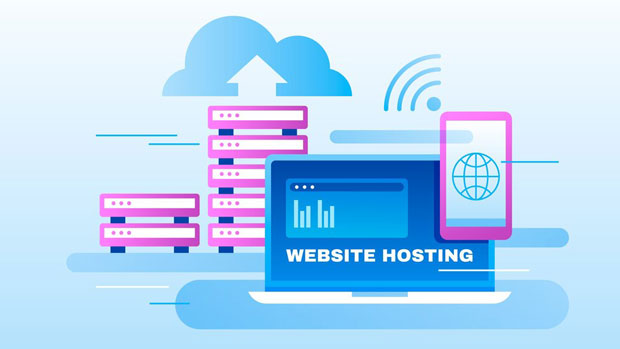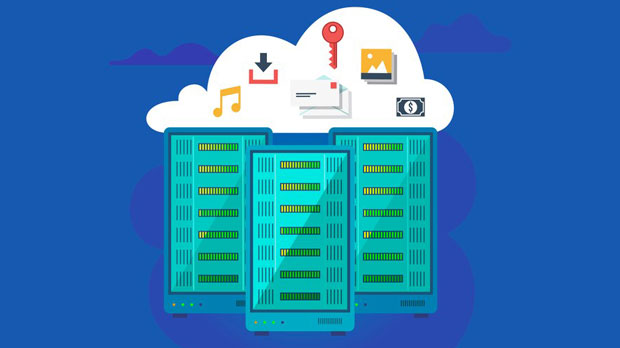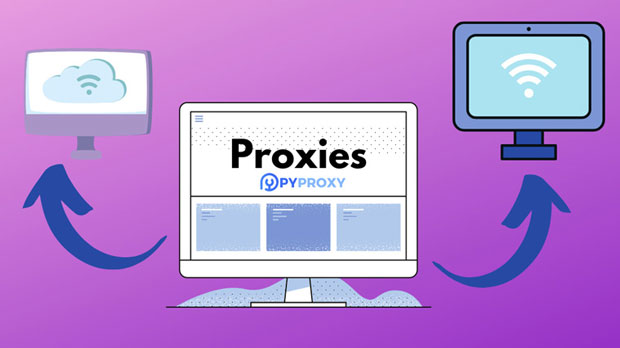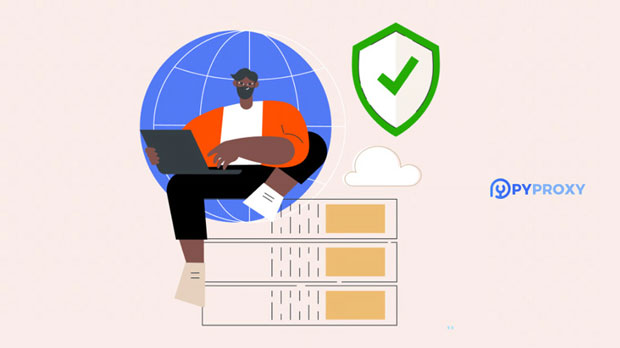When selecting a proxy service, two major players in the market often come into consideration: PYPROXY and USAProxy. Both offer essential proxy services, but they vary significantly in terms of pricing, features, and overall customer service. In this detailed analysis, we will compare these two services based on their affordability, functionality, and support to help customers make informed decisions that meet their specific needs. A deeper look into the pricing models, key features, and service quality will provide you with the necessary insights to choose the best option for your usage. Price Comparison: Which Proxy Service is More Cost-Effective?When it comes to pricing, both PyProxy and USAProxy have different pricing structures, which cater to various user preferences and needs.PyProxy offers a flexible pricing system that adjusts according to the number of proxies and their geographical locations. Generally, PyProxy is seen as a mid-range provider, offering competitive rates for users who need proxies in multiple countries. They usually offer monthly subscriptions, with discounts for longer commitments. For users who require a larger number of proxies, they offer bulk pricing options, which can significantly reduce the cost per proxy.USAProxy, on the other hand, is known for its straightforward pricing model. It provides tiered packages based on bandwidth usage and the number of concurrent connections required. While it tends to be slightly more expensive than PyProxy, USAProxy justifies its price with a more tailored experience for users looking for specific regional proxies, particularly in the U.S. This makes it a go-to for businesses and individuals who require high-performance proxies from U.S. locations.Ultimately, the choice between the two comes down to your specific needs. If you are looking for a cost-effective solution with flexibility, PyProxy may be the better option. However, if your requirements demand high-quality U.S.-based proxies and you are willing to invest a bit more, USAProxy could be the better choice.Feature Set: Comparing Proxy Performance and CapabilitiesBoth PyProxy and USAProxy provide users with a variety of features to enhance the effectiveness of their proxy services. Let’s take a closer look at the features offered by each.PyProxy excels in providing a wide range of proxy types, including residential, data center, and rotating proxies. One of the standout features of PyProxy is its ability to offer geographically diverse IP pools, allowing users to choose proxies from various countries. The rotating proxy feature is particularly useful for tasks that require frequent IP changes, such as web scraping or avoiding rate-limiting. Moreover, PyProxy offers a high level of customization, including session control, IP rotation time intervals, and even proxy authentication methods.USAProxy, on the other hand, specializes in providing U.S.-based proxies. If your business or project demands a high degree of localization in the United States, USAProxy shines in this area. It offers residential, mobile, and data center proxies, but it is particularly strong in providing IP addresses that are native to specific U.S. regions. This can be a significant advantage for users who need to target local content, perform region-specific research, or manage marketing campaigns focused on U.S. audiences. The service also features excellent speed and uptime reliability, ensuring that users experience minimal latency.While both services offer reliable features, the key difference lies in geographic coverage. If you need proxies in multiple countries or worldwide access, PyProxy might be more suitable. However, if your focus is exclusively on the U.S. market, USAProxy provides more specialized and localized services.Service Quality and Customer Support: Assessing the Overall ExperienceThe level of customer service provided by a proxy service can significantly impact your overall experience. Let’s evaluate how PyProxy and USAProxy compare in terms of support and service quality.PyProxy offers 24/7 customer support, which is a significant advantage for users in different time zones. They provide multiple channels for support, including live chat, email, and ticketing systems. The support team is known for being responsive and knowledgeable, helping users troubleshoot technical issues quickly. Additionally, PyProxy offers a user-friendly interface with a detailed knowledge base, making it easier for users to manage their proxies without having to contact support frequently.On the other hand, USAProxy also provides 24/7 customer service, but with a more personalized approach. Their support team is highly experienced in handling complex issues, especially when it comes to U.S.-based proxies. For instance, if there are issues with geo-blocked content or difficulty in targeting a specific U.S. region, the USAProxy team is well-equipped to assist. The service also offers dedicated account managers for businesses with large-scale needs, which can be highly beneficial for customers with high traffic volumes or specific proxy-related requirements.In terms of service reliability, both services provide solid uptime guarantees, but USAProxy’s focus on U.S.-based customers and their tailored services make them more appropriate for businesses relying on consistent service quality for localized marketing and content strategies.Which One is Right for You?When choosing between PyProxy and USAProxy, the decision will depend on several key factors:- Pricing: If affordability is your primary concern and you need proxies in multiple regions, PyProxy may be the better option.- Features: For those needing proxies in the U.S. and a more specialized approach, USAProxy stands out with its focused offerings.- Service Quality: Both services offer excellent customer support, but USAProxy’s tailored support may provide additional value for businesses focused on U.S. markets.Ultimately, PyProxy is ideal for users looking for flexibility and international proxy support, while USAProxy excels for those who require high-performance U.S.-based proxies with exceptional service quality. By understanding your specific needs and requirements, you can make an informed decision that will deliver the best results for your project.Both PyProxy and USAProxy offer valuable proxy services, but each excels in different areas. PyProxy is more cost-effective and versatile for users with global proxy needs, while USAProxy delivers specialized services for U.S.-based proxies with superior customer support. By carefully evaluating your requirements regarding pricing, features, and service, you can make the right choice to optimize your online operations, whether it’s for marketing, research, or content management.
Oct 15, 2025



































































